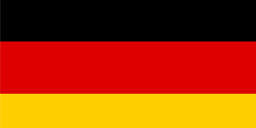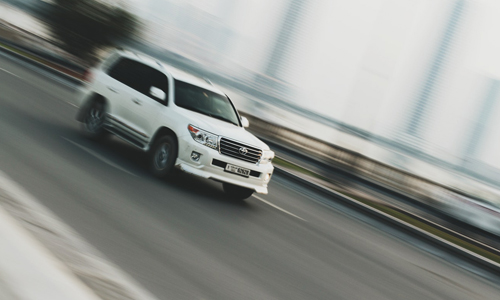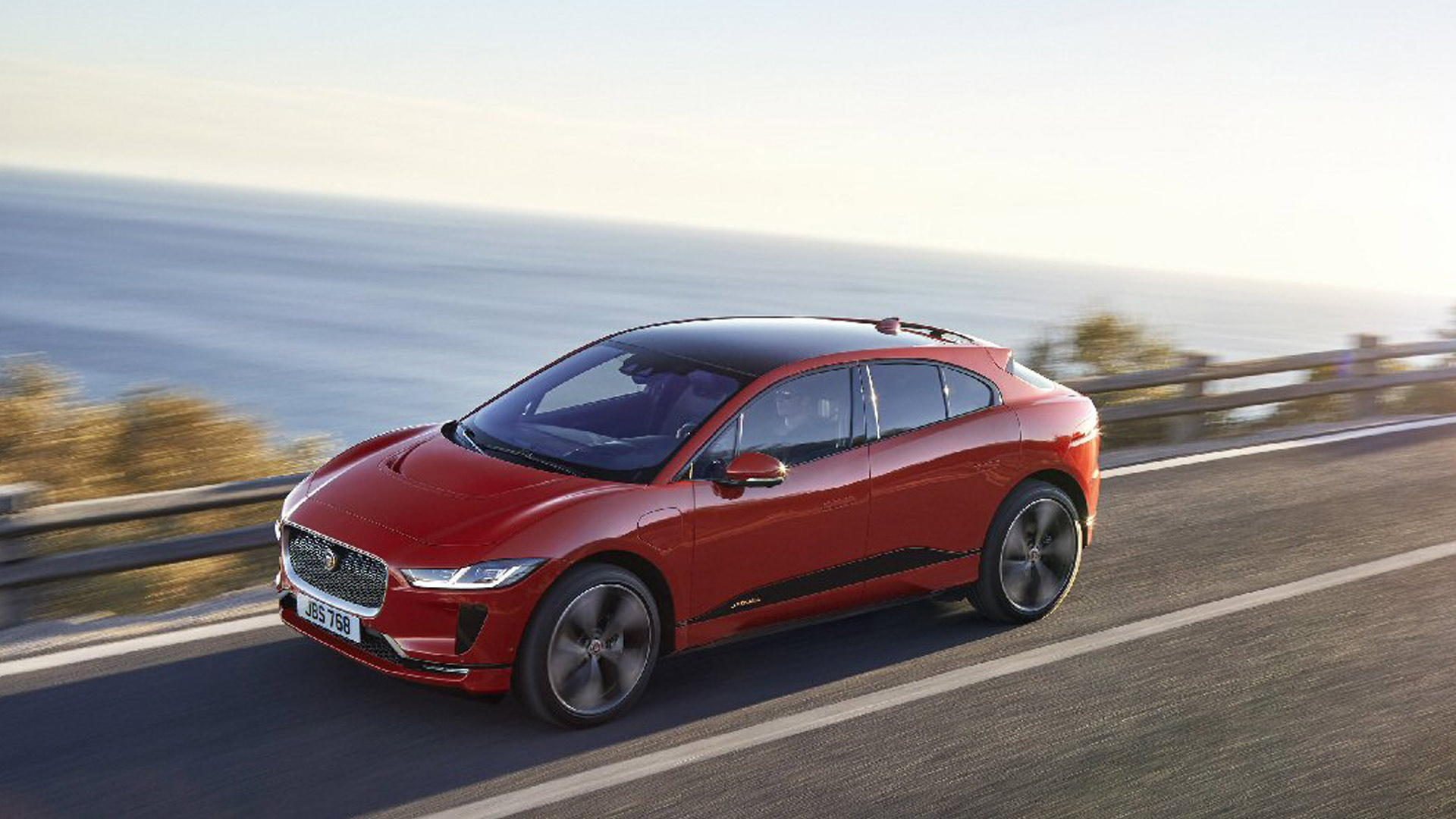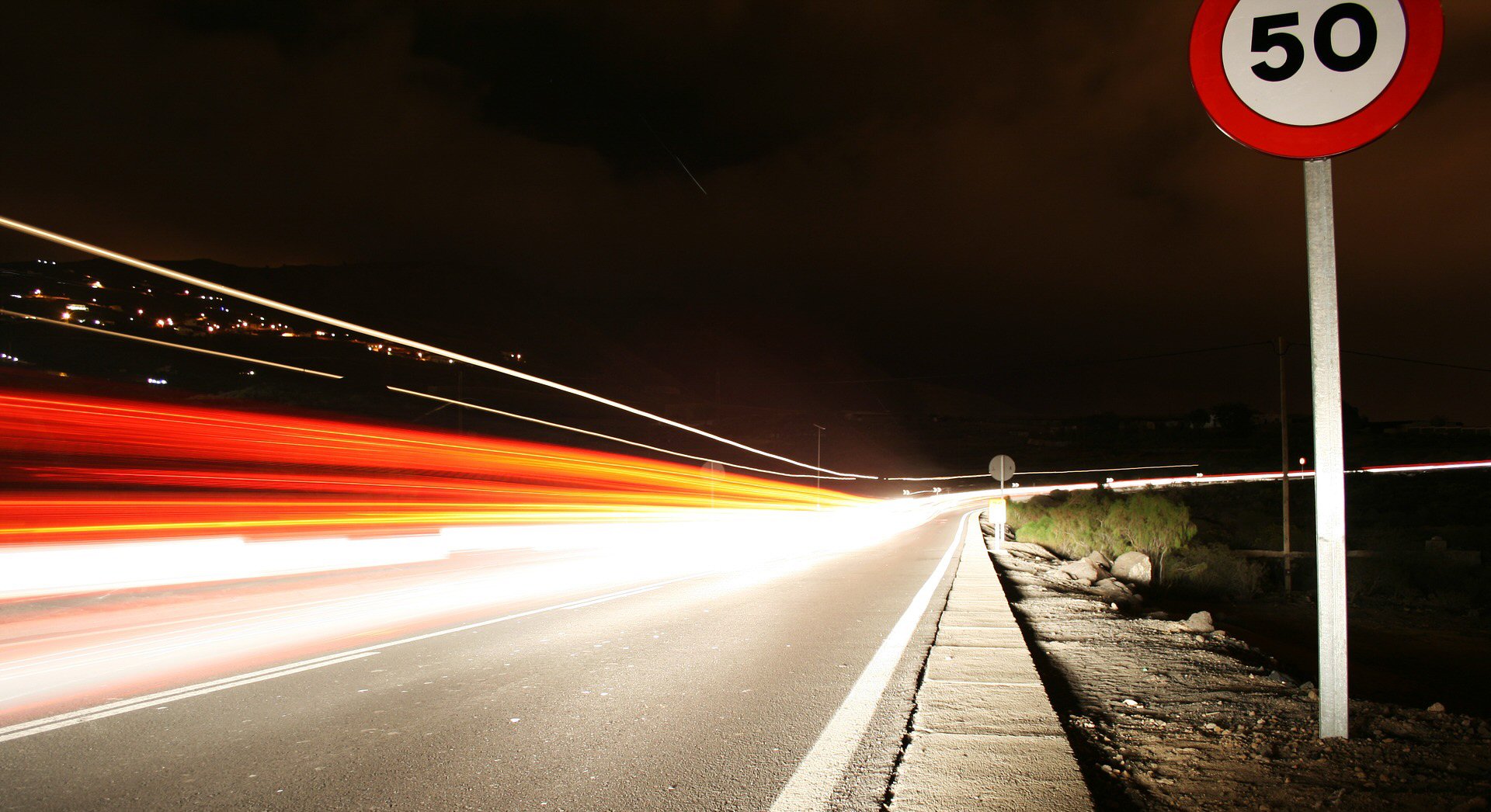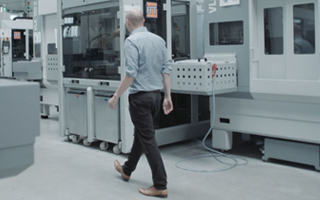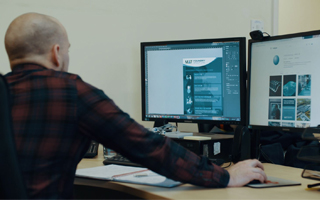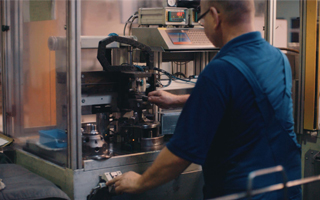Easing Congestion
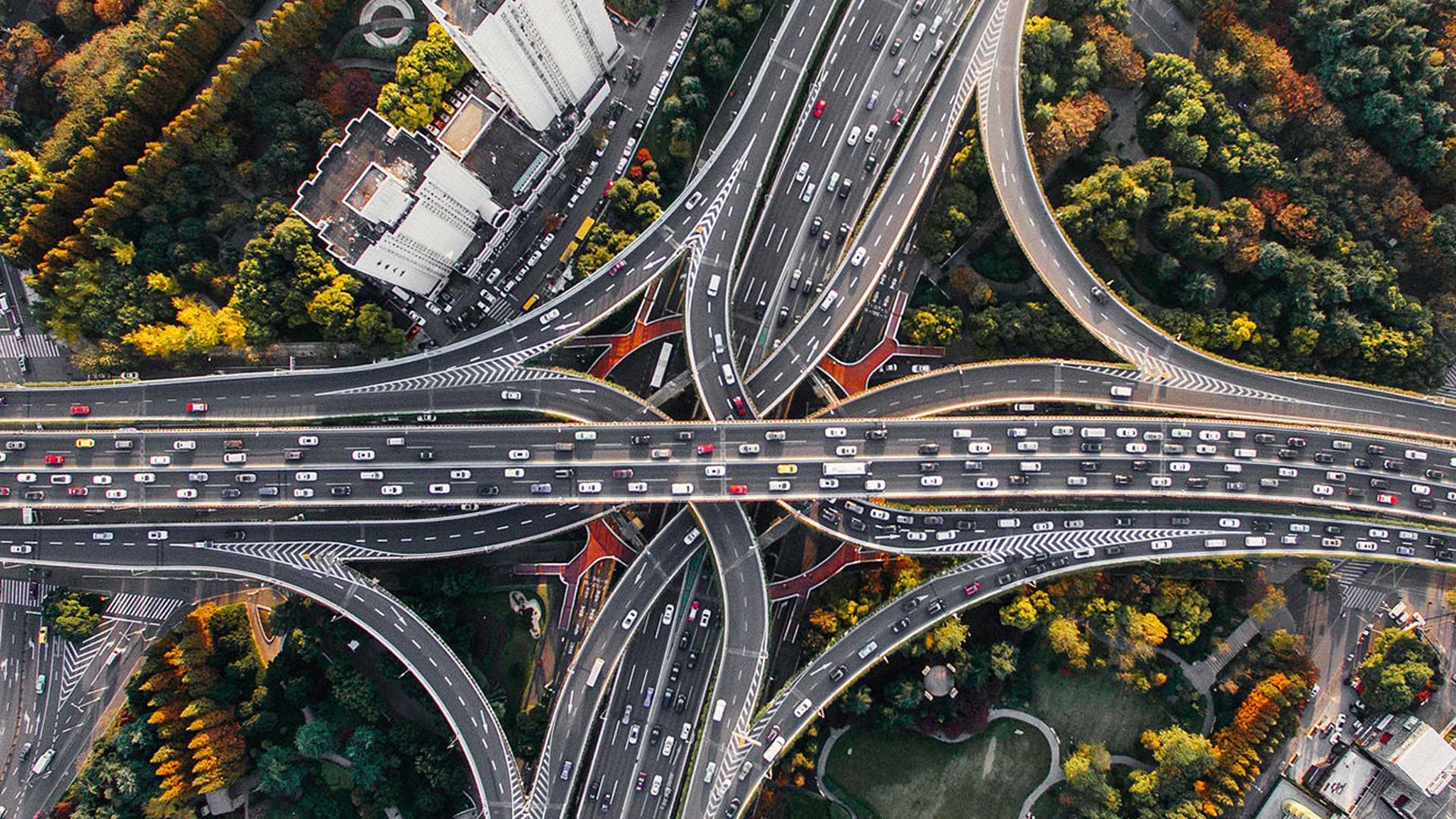
A lot of work goes into analysing traffic behaviour and how jams are forced. Around the world, there are entire departments dedicated to studying the characteristics of road design and driver behaviour, all trying to optimise traffic flow.
A TYPICAL COMMUTE
We’ve all been there - happily cruising along when the car in front seems to brake for no apparent reason. Maybe they were expecting a turning that never materialised, or they thought they saw something.
Whatever it was, the consequences for you are minor. You may have to slow down or even stop before carrying on – likely backing off a little, wary of a repeat performance.
But further down the line of traffic flow behind you, the consequences are somewhat more severe. The flash of brake lights ahead causes a chain reaction through the travelling vehicles in anticipation of a hazard up ahead, as they attempt to maintain adequate stopping distance to the cars ahead of them.
The longer this effect carries on, the more it snow balls, until that simple press of the brakes has resulted in a stationary traffic jam half a mile of more further back down the road behind you. This can give way to tailgating, the effects of which we've written about previously.
This has happened through no fault of your own, you were simply reacting to a driver ahead of you, and you’ll almost certainly never know the reason for the car in front of you hitting the brakes, but the consequences are the same. A phantom traffic jam has been created.
TRIED AND TESTED
This effect can be easily observed in tests involving cars driving in a circle, at a consistent speed and at a set distance apart. To simulate the effect, one car will brake forcing those behind to slow down, before carrying on again.
However, because of the time delay incurred through each successive driver having to slow and then wait for the car in front to speed up again, rather than the effect maintaining its size it instead grows – and keeps growing. This causes the car that originally initiated braking to meet the end of the jam itself.
This results in the entire procession of cars going from moving at steady pace to a stop/start traffic jam moving into the one gap of space that circulates through the line of cars. All because of one single braking action.
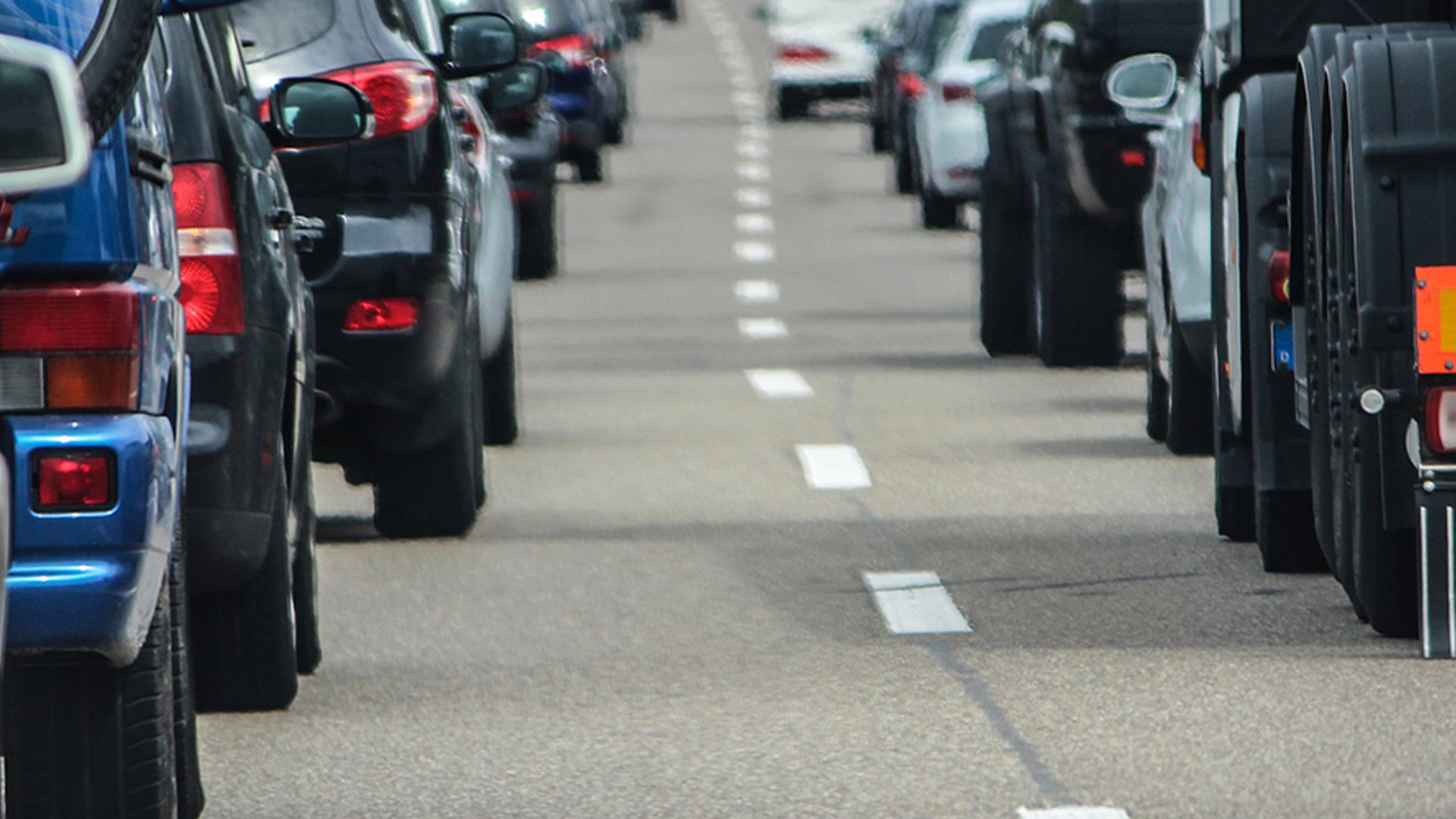
NEWTONS 3RD LAW
Braking is of course necessary and inevitable, and traffic signals work to even out a lot of these effects without anyone noticing them too much.
But poor driver behaviour is also a culprit in making the problem worse. Not only through the inconsiderate or unnecessary application of the brakes, but also with aggressive driving such as tailgating.
Following too closely and outright tailgating bunches up traffic and forces drivers to brake more often and more sharply. Because there is no gap to absorb slight differences in speed before it evens out, the brakes must be applied as soon as the vehicle in front slows down - creating the exact same effects caused by unnecessary or inconsiderate braking.
Another habit many drivers have formed is the leaving of large gaps in front of them when coming to a stop. The reasons for this are unclear and could be the misunderstanding of advice to leave sufficient space to the car in front while moving. It seems trivial, but the effects are significant.
At a minimum, it makes judging stopping distances much more difficult for following drivers. When learning to drive we’re taught to read the traffic ahead of the vehicle we’re following. This allows us to better anticipate and react to the traffic situation.
If the car ahead pulls up to a queue of cars but decides to stop four car lengths back instead half a length as is typical, the following driver may well have been expecting a longer stopping distance and then has to react accordingly and brake harder then expected, increasing the risk of a collision. If they had also been following too closely then that risk is even greater.
Another consequence is many traffic lights operate on sensors and can register large gaps as a drop-in traffic flow. If a driver chooses to leave too big a gap, the lights can misread this and change to red, artificially backing up traffic from that direction which may have needed to flow for some time to alleviate queues.
Lengthening or prolonging queues, particularly in more built up areas, has the added effect of extending slow moving traffic to span multiple junctions, turnings and traffic signals - expanding the affected area and exacerbating the problem.
A single delay at a set of lights can have a knock-on effect and result in delays across an entire section of the network, wasting hundreds, if not thousands in hours of lost time and wasted fuel. Traffic costs the UK £37.7 billion in 2017 alone.
SAVING GRACE
The introduction of self-driving cars is seen as something of a saviour by many town planners and highways agencies, particularly once they start communicating with each other to optimise traffic flow.
Their programmed behaviour would eliminate the quirks and inconsistencies displayed by human drivers to smooth out traffic flow and wipe out the problems caused by poor driving etiquette at a stroke. It’s even been demonstrated how a single self-driving car in a traffic queue can eliminate it on its own.
The results would be increased road capacity and faster journey times, with the added benefit of saving fuel and lowering emissions at the same time – everybody wins it seems. Until then, we instead must all do our bit to keep things moving as expediently as possible.

